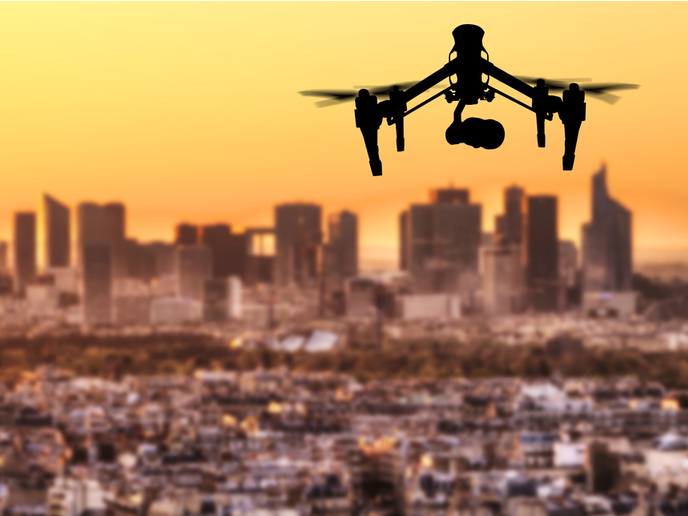Making composite electrical aircraft a reality
Today’s aircraft manufacturers, along with their supply chain, are focused on decreasing energy consumption, improving safety, and reducing emissions. “To optimise the performance of both existing and future generations of aircraft, many manufacturers are turning towards Composite Electrical Aircraft (CEA),” says Jean-Philippe Parmantier, EU coordinator of the EU and Canadian-funded EPICEA project. “These are essentially high-altitude, long distance aircraft made from lightweight composite materials that have airframes featuring a massive electrification of onboard functions and the deployment of low profile antennas generating less drag.” Despite their potential, composite materials do not provide the fuselage with the same level of conductivity as aluminium does. As a result, composite aircraft suffer from an increased risk of electromagnetic (EM) hazard from radio broadcasts, satellites, radars or atmospheric electricity. Moreover, when flying at a very high altitude, there is an increased probability of being exposed to cosmic radiation (CR). “Specific electromagnetic protection measures are therefore required to guarantee electrical system immunity and the safety of the aircraft,” explains Parmantier. “However, such protective measures often result in an increase to the aircraft’s weight, thus jeopardising the emergence of energy-efficient CEAs.” To make CEAs a viable option for improving aircraft performance, safety and efficiency, the EPICEA project – a joint R&D initiative between the EU and Canada – is working to develop computer tools to validate and verify a cooperative and open computer environment (i.e. the EPICEA platform). By modelling interconnected systems, antenna electromagnetic performances and the effects of CR on electronics, the resulting EPICEA platform will help aircraft manufacturers better understand EM coupling mechanisms on CEAs. This in turn will result in the creation of effective design requirements for aircraft systems and their integration onboard the aircraft. Important results achieved Although the EPICEA project remains a work-in-progress, several important results have already been achieved. “First and foremost, we have successfully plugged existing software into an overall simulation platform for modelling scenarios of EM-coupling on the interconnected wiring systems and EM performance antennas inside a complex composite fuselage,” says Parmantier. “This gives us the capability to validate our simulation results with actual measurements on a full-scale composite barrel of a Bombardier Business Jet.” Project researchers have begun disseminating these initial results via scientific conferences, public workshops and a dedicated website. A second workshop will take place in July 2019, when the project closes, in Toulouse, France. The EM tools and EM simulation platform are now being tested by two project partners: Bombardier Aerospace, a Canadian aircraft manufacturer, and Fokker Elmo, a European manufacturer of cables and harnesses. According to Parmantier, both companies are likely to adopt the project’s computer tools and platform for future use in their respective aircraft design and development processes. An international affair With funding coming from both the EU and Canada, the EPICEA project is an excellent example of international cooperation in aviation research under the Horizon 2020 Programme. The project leveraged the competences and optimised the resources of both partners to jointly advance the development of the Composite Electrical Aircraft. For instance, because of Fokker Elmo’s expertise, the European side focused on the EM simulation issues, whereas the Canadians leveraged Bombardier’s expertise to integrate the EM systems and harnesses into the composite barrel, as well as conduct electromagnetic and cosmic radiation testing. “One of things I am most proud of is the coherence of the consortium and how, even when separated by an ocean and cultures, we were able to work together as a single team,” says Parmantier. “By bringing together EU and Canadian expertise, the CEA is now much closer to becoming a reality.”
Keywords
EPICEA, Bombardier, composite aircraft, composite electric aircraft







